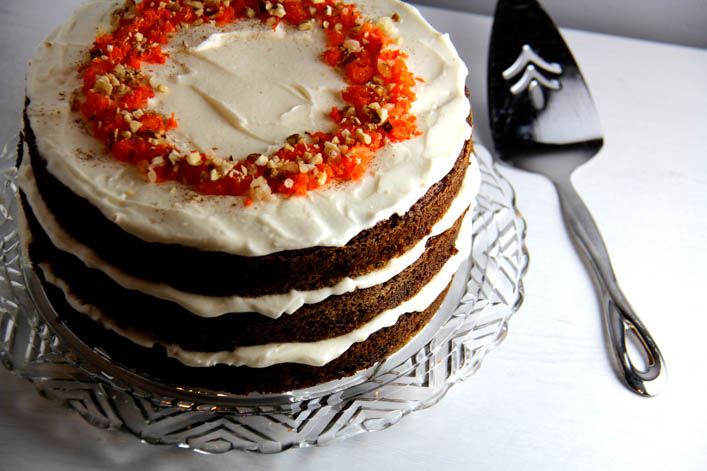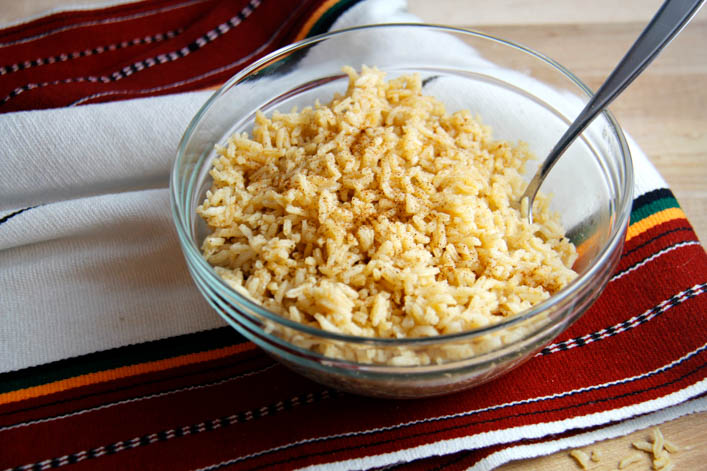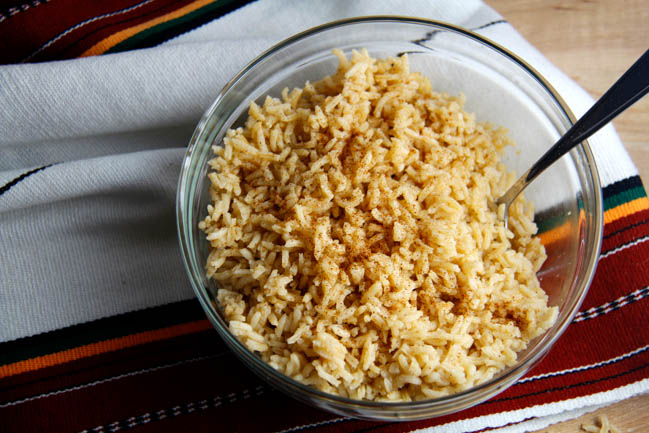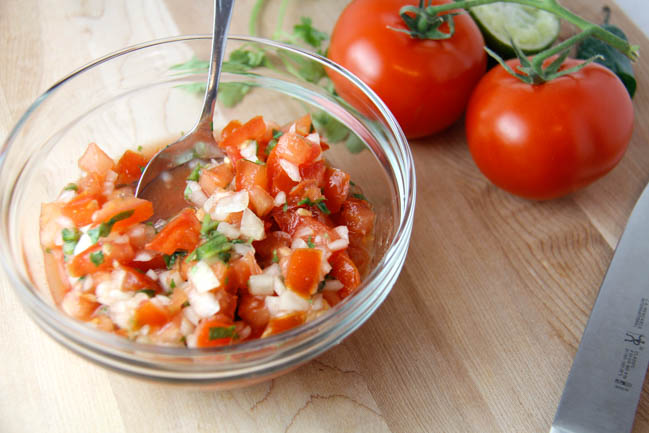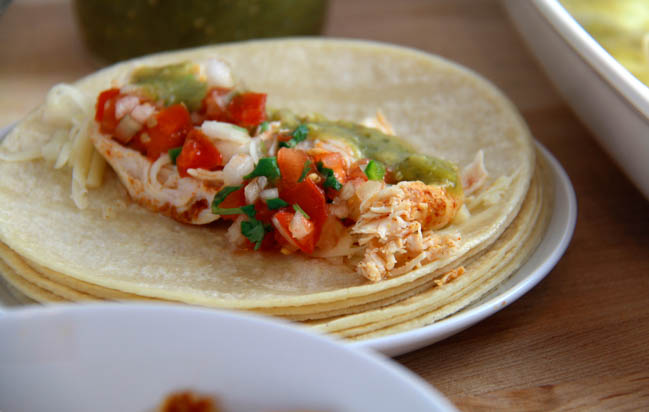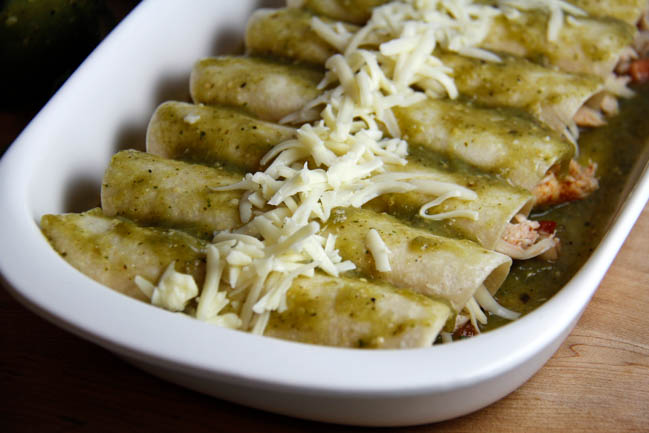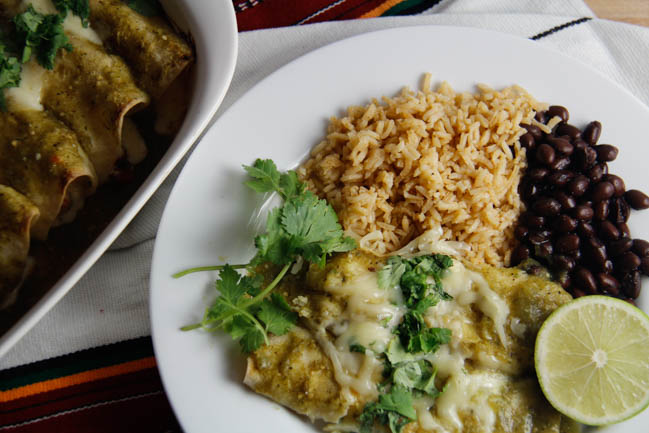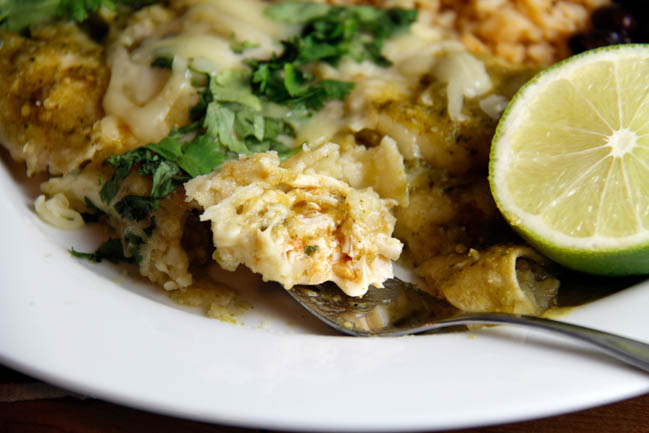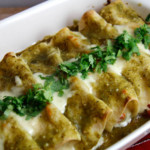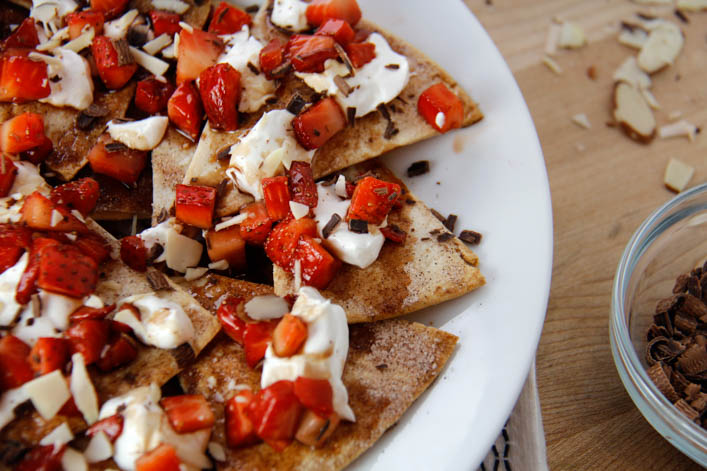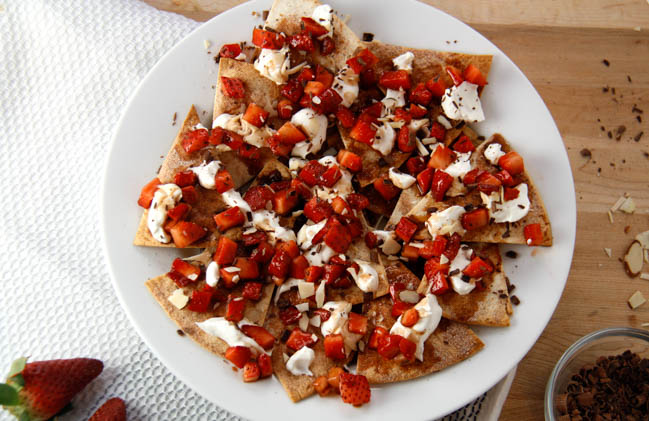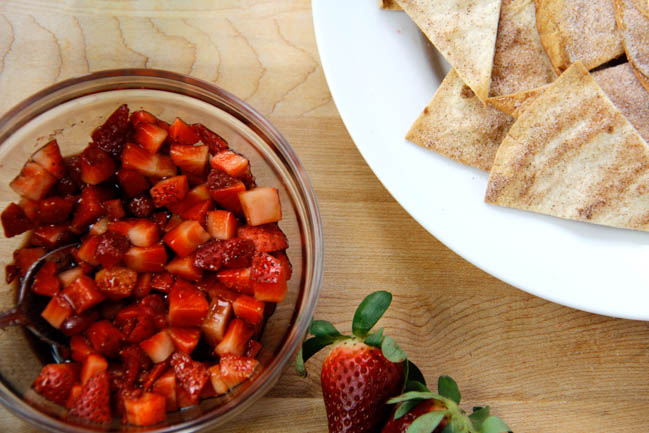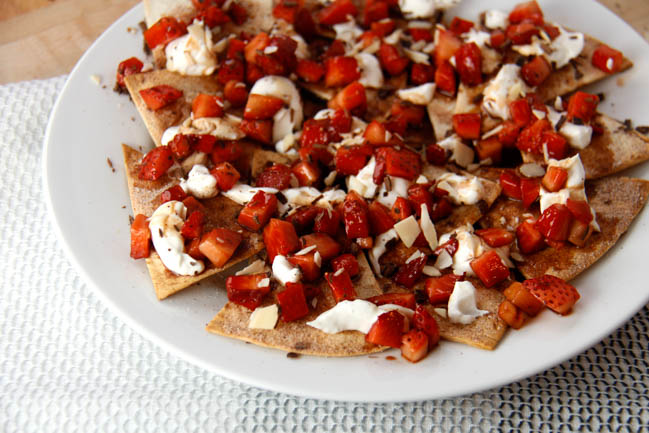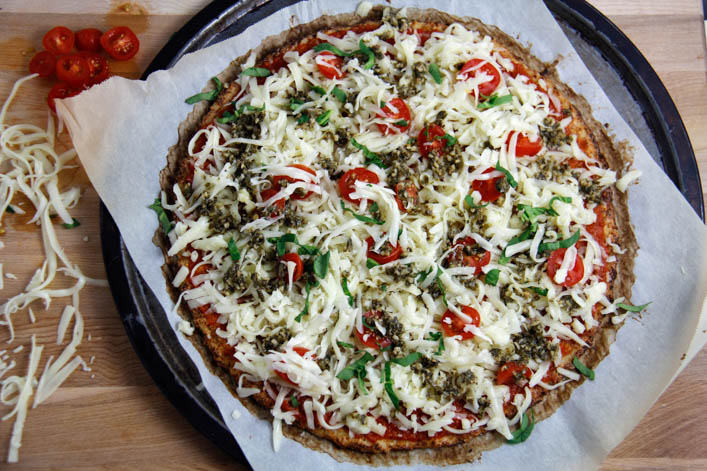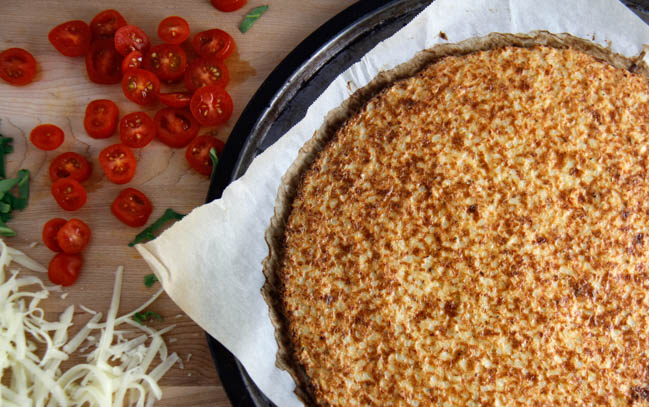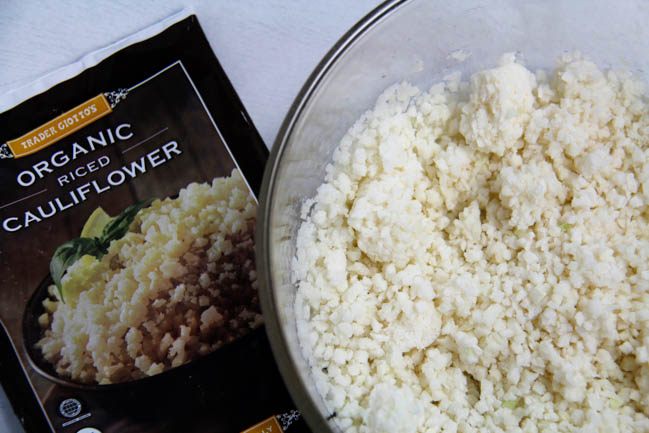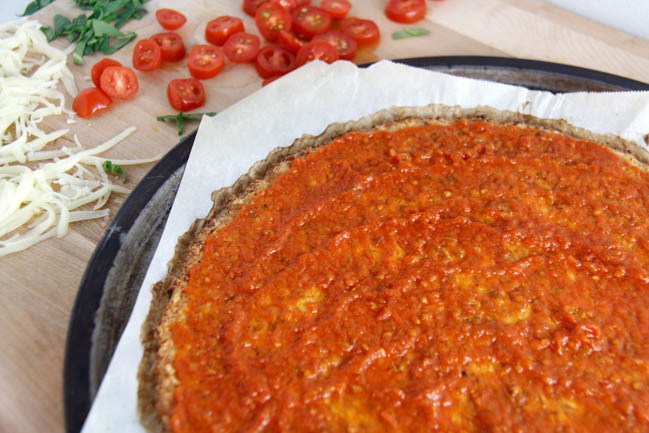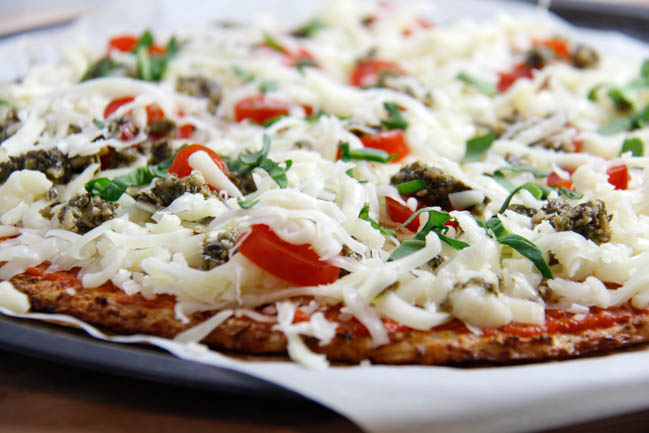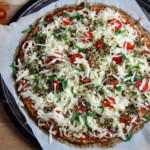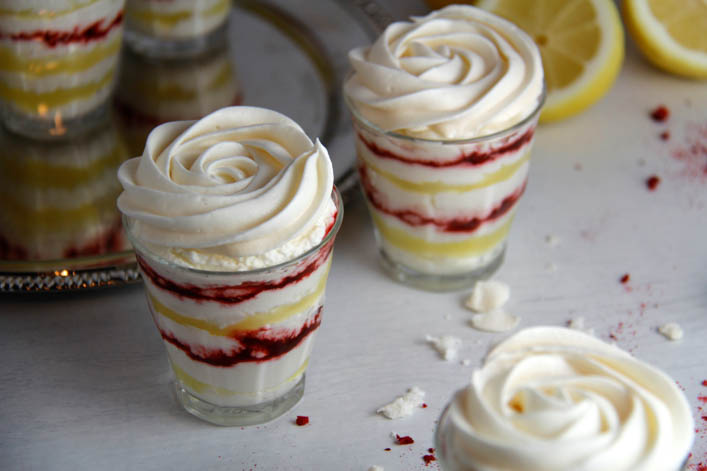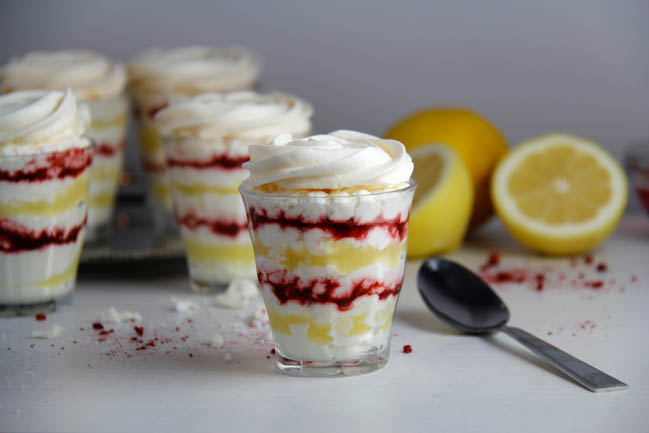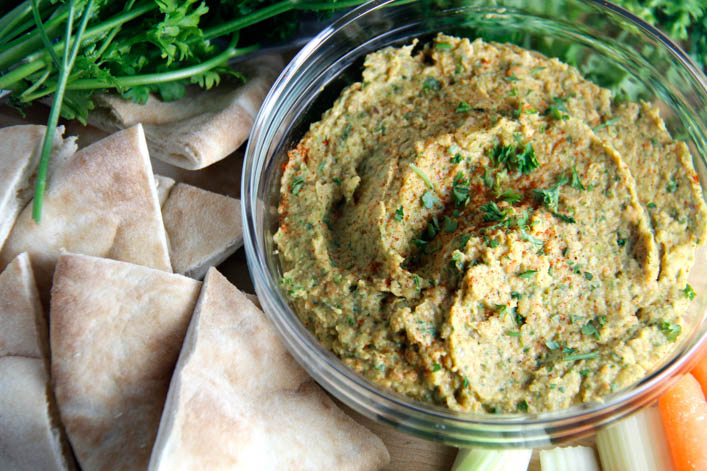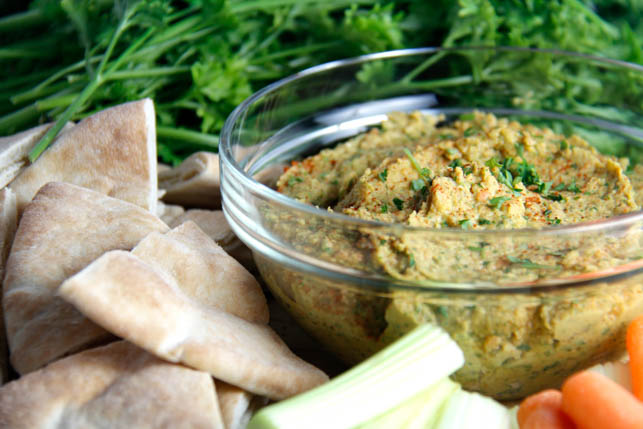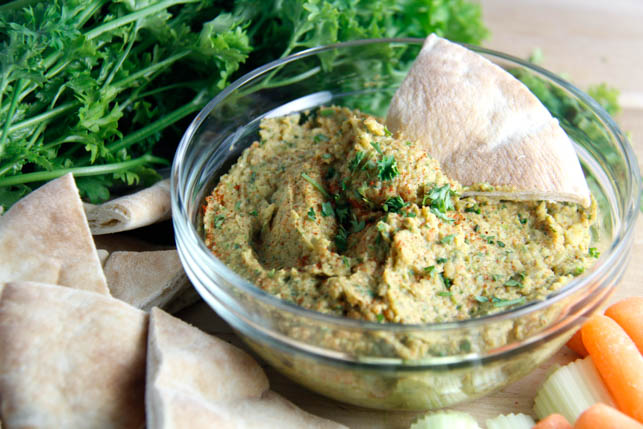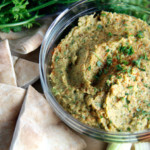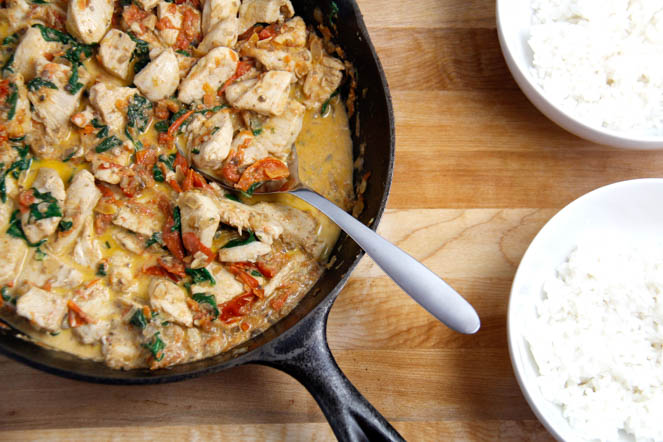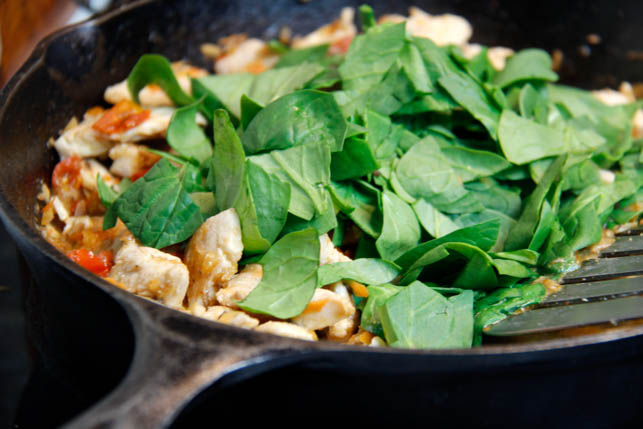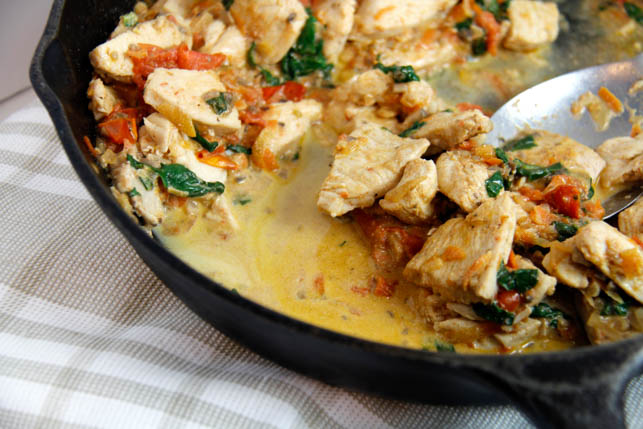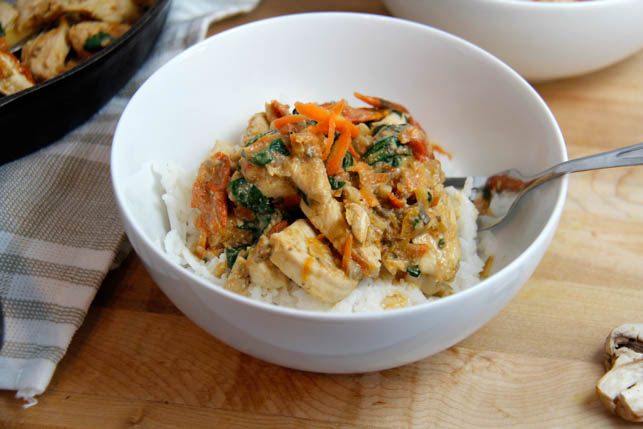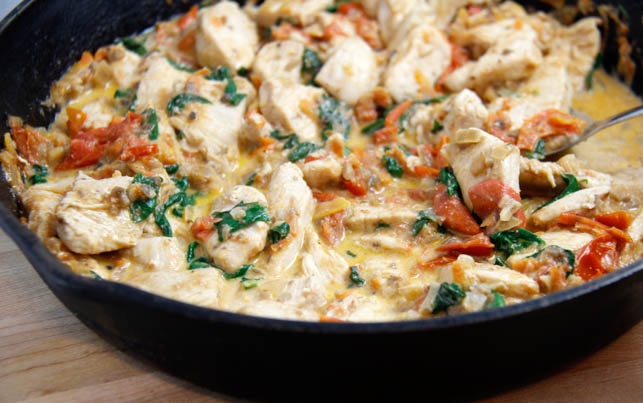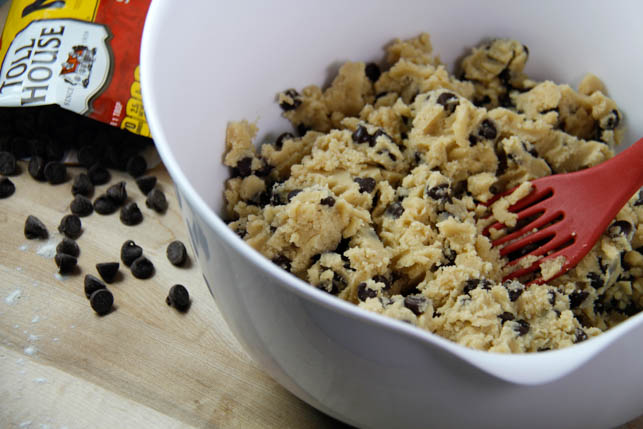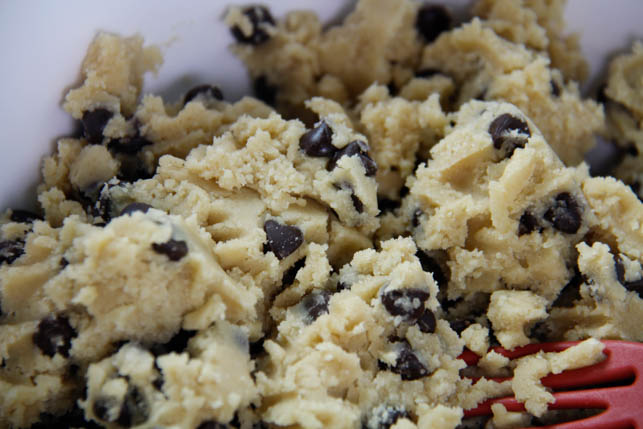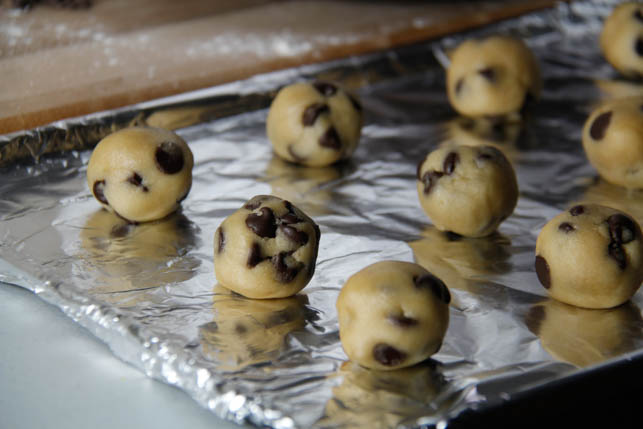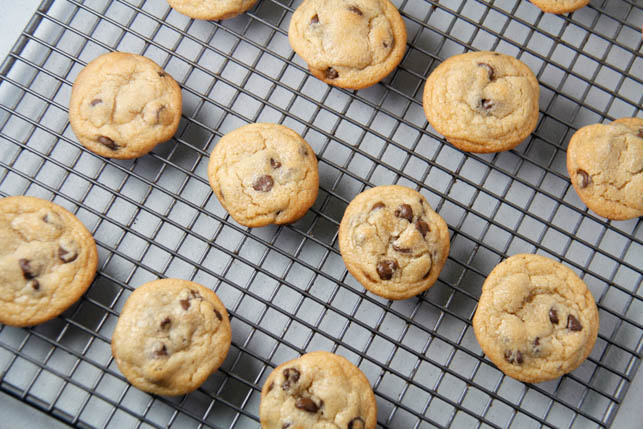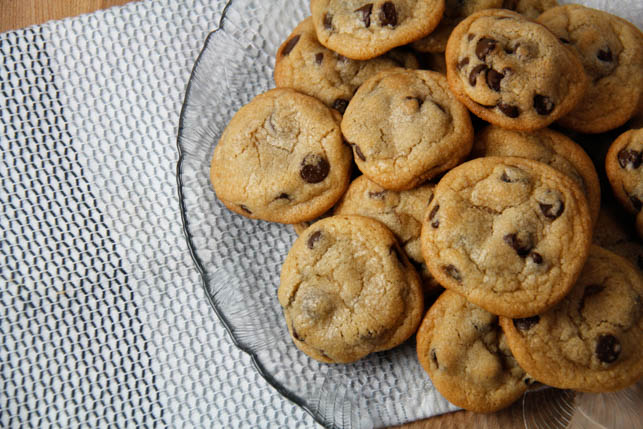I know, I know. Carrot Cake for Easter, how inspired. But let me explain. See, this Carrot Cake is different. This Carrot Cake has the lovely texture and flavor of the Carrot Cake you’ve come to know and love, except that this one is completely gluten-free. Is it especially healthy? Not on your life. I don’t believe in taking all the sugar out of desserts. Is it perfect for gluten-intolerant friends and gluten eaters alike? It most certainly is. And to be perfectly honest, I’m almost as excited about the garnish as I am about the cake itself.

The last thing I wanted to do was pipe buttercream carrots all over the top of my cake. If I’m making something as popular as Carrot Cake, I at least want the topping to be unique. My garnish is made of carrot that I shredded with a microplane, with chopped walnuts, and dried, candied pineapple bits. Sprinkled on the top of the cake in layers, I think this garnish looks bright and fresh. I love the concept of taking fun ingredients from the cake itself and turning them into the garnish. It gives the top of the cake a little more interest, and displays what people can expect to find inside – this is particularly helpful with something as customize-able as Carrot Cake.
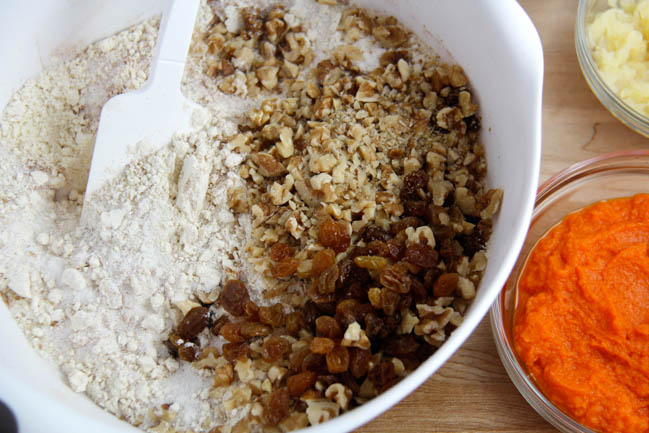
This recipe is adapted from What The Fork’s Gluten Free Carrot Cake, and hers was adapted from The Silver Palate Cookbook. Gluten-free baking benefits tremendously from this kind of borrowing and adaptation, and I love it. When recipes go through enough work and transformation, with everyone adding their own improvements, you can end up with some seriously magical desserts.
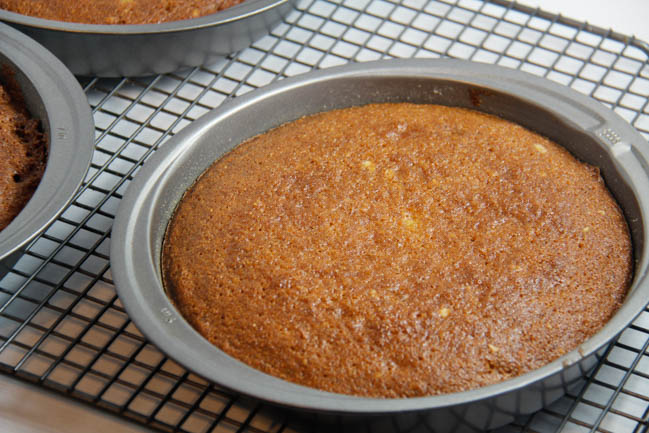
In the spirit of benefiting the baking community in general, I tested this recipe with King Arthur, Bob’s Red Mill, and Maple Grove Farm’s gluten-free all-purpose baking blends. I very seldom use boxed gluten-free baking mixes, but in this recipe, which includes several heavy ingredients, the lightness that a mix can contribute helps achieve a cake with a great texture. The thing about gluten-free baking mixes is that they vary widely from brand to brand. King Arthur was the clear stand-out, giving me a delicious cake with a great texture. If you decide to make this recipe, do yourself a favor and use the King Arthur “Measure for Measure” mix.
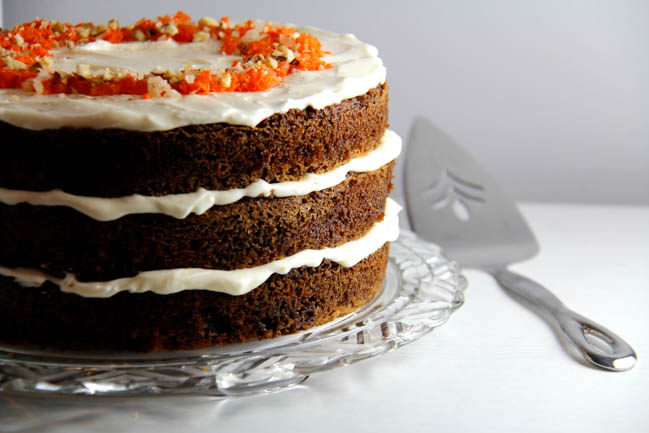
Bob’s Red Mill uses bean flours in their all-purpose baking mix, which is great in a lot of recipes. But it also gives Carrot Cake a bean-reminiscent flavor. The texture of that test cake was fantastic, but it didn’t have the exact cake flavor I was going for. The Maple Grove Farm’s baking mix is closer to King Arthur’s, and the flavor of that cake was perfect. The texture, however, was very soft, and the cake layers didn’t bake evenly, cratering a little in the center, probably because the Maple Grove Farm mix includes a higher proportion of starch than the King Arthur mix. This kind of variation in mixes is equal parts frustrating and exciting, because while it means you can’t use them interchangeably, it also means that underwhelming results in a recipe made with one mix might be improved by switching to a different one.

Everyone knows the most important part of any carrot cake is the cream cheese frosting, and this one is certainly not lacking in that department. Thick, creamy layers of frosting make this simple gluten-free cake taste like absolute heaven. This cake is, however, delicious on its own, if you’re inclined to skip frosting to keep the calories low. As always, you can go further and really make this recipe your own. You can swap out the walnuts for pecans if you’d like, boost the flavor by adding shredded coconut (I left it out of this version because coconut and I do not get along very well), or omit the raisins and substitute currants instead. However you make it, this cake is a perfect addition to your springtime festivities. I would know – I’ve been celebrating spring with my test versions of this cake all month!
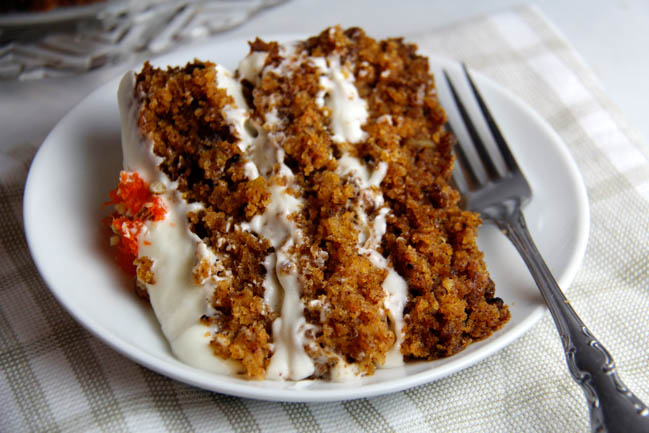
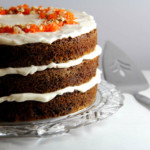
Gluten Free Carrot Cake
Adapted from What the Fork's Gluten Free Carrot Cake Recipe.
Ingredients
Gluten-Free Carrot Cake
- 2 1/2 cups King Arthur's "Measure for Measure" Baking Mix 350g
- 1/2 cup almond flour 45g
- 3 cups sugar 600g
- 1 tsp salt
- 2 tsps baking soda
- 1 Tbsp cinnamon
- 1/4 tsp nutmeg
- 1/4 tsp cloves
- 1 1/2 cups walnuts, chopped 130g
- 1 1/2 cups butter, melted
- 1/4 cup golden raisins 40g
- 1 8oz can crushed pineapple, mostly drained - not too dry 100g drained weight
- 4 large eggs
- 1 1/3 cups pureed, cooked carrots (about 5 medium carrots) 320g, pureed
Cream Cheese Frosting
- 8 oz cream cheese
- 14 Tbsps butter
- 1 3/4 cups powdered sugar 356g
- 2 tsps vanilla
Garnish
- 4 Tbsps carrot, shredded with a zester or microplane
- 2 Tbsps chopped walnuts
- 2 Tbsps candied pineapple, chopped small
- 1 tsp cinnamon
Instructions
-
1. Preheat oven to 350 degrees. Generously butter 3 9-inch cake pans and dust with baking blend.
2. In a large bowl, whisk together the gluten-free flour blend, almond flour, sugar, salt, baking soda, cinnamon, nutmeg, and cloves. Mix in the walnuts to coat them with the flour, then mix in the melted butter. Fold in the raisins and the crushed pineapple, and set the bowl aside.
3. In a medium bowl, lightly beat the eggs. Whisk in the pureed carrots and mix until well combined. Pour the wet ingredients into the dry ingredients, and gently mix until there isn't any dry flour. Pour the batter evenly between the 3 cake pans. I had roughly 720g of batter in each of my pans.
4. Bake on the center rack for 35- 40 minutes, or until a cake tester comes out clean. Let the cakes cool for 15 minutes in the pans before inverting onto wire racks to cool.
5. While cakes are baking, prepare your frosting. Cream the cream cheese in an electric mixer until very smooth. Add butter and vanilla and mix well. Gradually add the powdered sugar, and whip on the highest speed until light and fluffy.
6. For the garnish, stir together carrots and pineapple. Sprinkle on top of the cake in a circle, or whatever pattern you choose. Sprinkle walnuts over top of the carrot/pineapple mixture. Sprinkle cinnamon lightly over the garnish.
